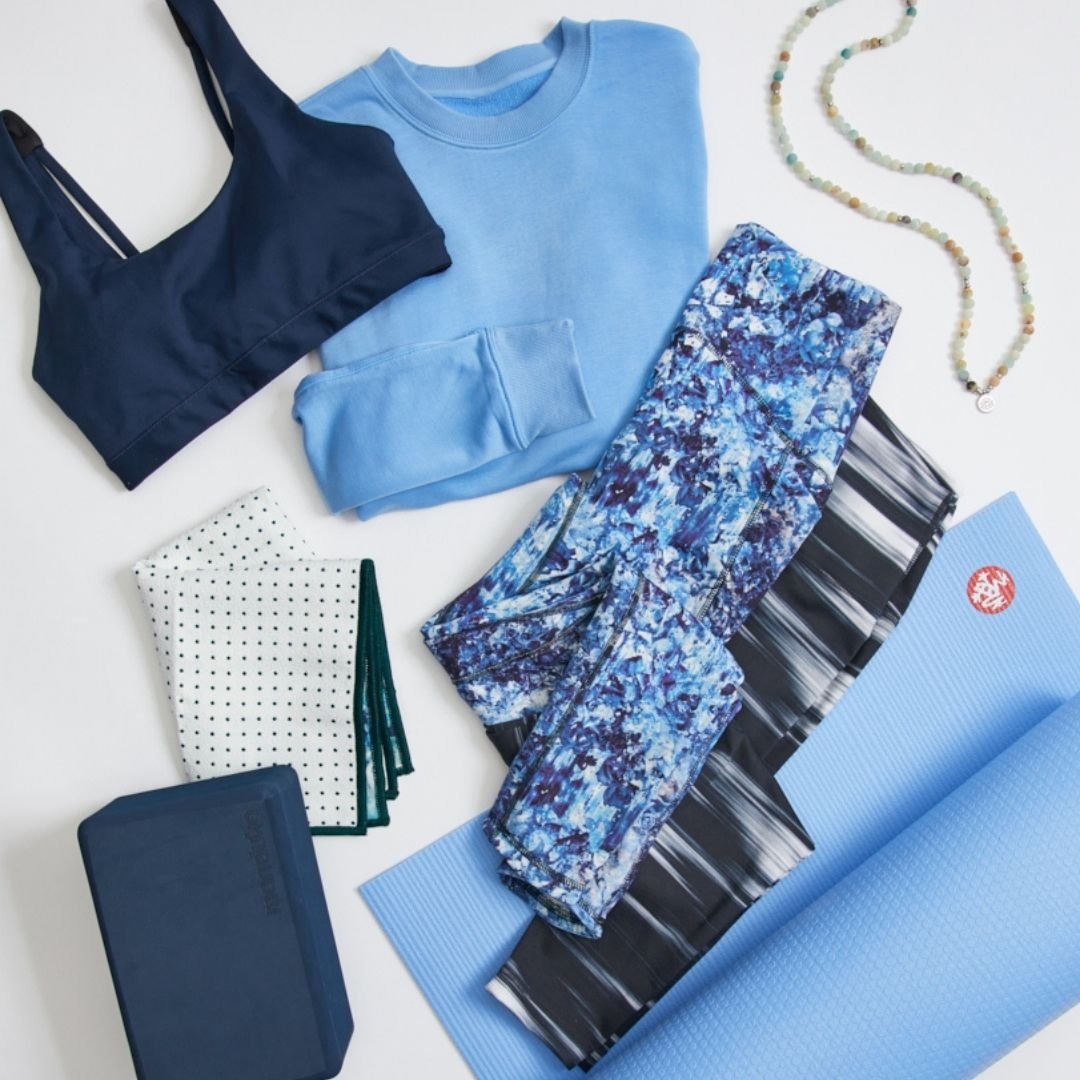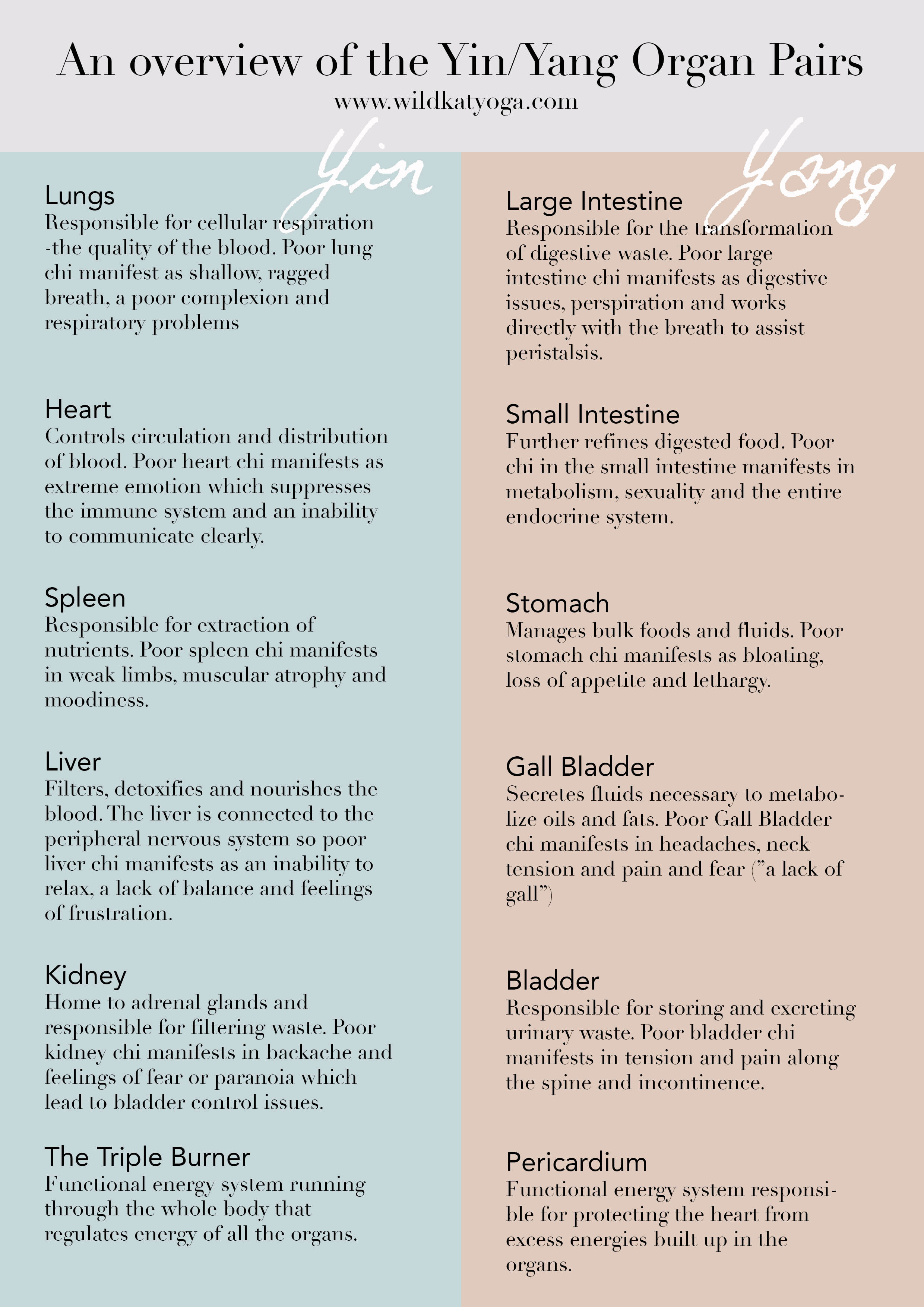Yin Yoga and Meridian Theory
In 2019 I signed up for a 3 day Yin yoga teacher training, having little to no understanding of what Yin yoga was really about beyond the obvious. What I discovered made me fall in love with the human body, with stillness and it threw me deeper into a mindfulness practice that I try to live from each day. I also learned about Meridian theory and how to effectively weave it into a Yin practice. Honestly, I have always been very skeptical about about Chinese medicine, in fact about anything that isn’t routed in Western study and science, but I kept an open mind and I found that Meridian theory is more closely linked to Western studies of the body than I had originally thought!
This blog post contains affiliate links, which means that if you make a purchase through some of the links I provide I can earn a small commission at no cost to you. Thanks for your support!
Before we dive in, I want to take a quick moment to tell you about Manduka, who make the most beautiful, high quality yoga equipment and activewear. They produce high quality, toxic-free products and are committed to transparency and sustainability. I especially love their Almost-Perfect Mats. These are mats with a bit of character that are available at a discount price, which means that not only do you save money, but you’re also saving a mat from landfill!
You can shop the full Manduka range (including sale items) and use my code WILDKATYOGA on checkout for a 15% discount.
Now then, where were we…
YIN YOGA
A common description of Yin Yoga usually goes something this; “Yin yoga is holding poses for 3 - 5 minutes and using support with props in order to increase flexibility and to calm the mind.” Correct, but that barely scratches the surfaces and I want to dive a little more into these elements now.
Tension & Compression
In yoga, more so in Yin, we are often taught that regulated tension is good and all compression is bad. This is a good baseline to work from, but compression has a valuable place in yoga if we use it wisely. It’s a well known fact that if we lived in Outer Space and couldn’t put our bodies under the necessary amount of stress each day they would atrophy, because the body needs different forms of stress; both tension AND compression to stay healthy. Stress on a joint causes the secretion of hyaluronic acid which builds synovial fluid and collagen strengthens cartilage. And that’s as true on Earth as it is in Space. Of course too much stress leads to degeneration and too little leads to atrophy so, as with most things in life, we do need to create a balance.
Why the long holds?
So, we put ourselves in poses that create both tension and compression in order to create and maintain healthy joints and then we apply this stress for a few minutes at a time. This static lingering in the joint creates a safe environment in which we can explore the sensations; in slowness we can be more attuned to the body and what it needs and then adjust accordingly. It also gives our body time to trick the mind into relaxing - see point 2 below.
Why the props?
Human variation. ALL bodies are different. So different! In fact you only have to turn to the person next to you to see just how different one body is from the next. The structure of our bones are different, our muscles are different, our lifelong habits have formed patterns in the body that have made us all different. There are NO two people exactly the same. Isn’t that glorious? And for a yoga teacher, rather intimidating! So we use props to help work with this variation. I can sit quite comfortably in wide legged forward fold, but my husband needs a blanket behind him to tilt his pelvis forward, this puts pressure on his hamstrings so we add further support under his knees to relieve the pressure there. Even then he can’t fold forward but he still feels significant tension through the back of his legs. Why? Most obviously, his pelvis is a totally different shape to mine and his hamstrings are shorter, plus probably a whole range of other differences that are less obvious too. And that’s just one person. You see where I’m going with this.
Space to let go. The human mind is very clever! When I was in Thailand I watched a teacher ask a student to do a forward fold and the student could not touch their toes. Then the teacher took two blocks, placed them upright and asked the student to forward fold and place his hands on the blocks to support the fold. He stayed there for a bit. Then the teacher removed the blocks and asked the student to forward fold again; the student went right down to his toes! When your mind is confronted with a challenge it tells your body to prepare for battle! Your body then seizes up and shortens your muscles, ready for attack. But the moment it feels supported it can relax, and you will find more length and ease in the pose. In short, we use props to trick our brains!
Example of human variation in the hips. Image x Paul Grilley.
Example of human variation in the hips. Image x Paul Grilley.
MERIDIAN THEORY
Frankly this could be a blog on its’s own, but what I want to do is to give you an overview and an understanding of how meridian theory and Yin yoga link together.
The foundations of Chinese medicine are crafted largely around the flow of energy, or chi, through pathways in the body called meridians. There are 71 meridian channels! In fact the movement of energy along pathways in the body is not a concept unique to Chinese medicine; in yoga we call these channels of energy Nadis. In Western world we are only just beginning to understand this concept and refer to channels like this as myofascial meridians (backed by evidence based study, not researched based study). So whilst the details are a bit of a grey area, I believe the concept is solid. After all, when you have a head ache, don’t you put pressure on the space between your thumb and forefinger to relieve it, even though it’s nowhere near your head?
For the purposes of this article I will focus solely on Chinese meridians and specifically on those that link through the organs as these are the meridian lines we use in Yin yoga. Organ meridians come in pairs; one yin and one yang and they elicit different physical, emotional and spiritual responses when they are activated. Generally speaking we sequence the pairs together in order to create balance in the body; an excess of Yin energy could leave you feeling drained, melancholy, lonely and unmotivated. An excess of Yang could create aggression, selfishness and an inability to concentrate. So it’s important to try and find a balance.
An overview of the Yin and Yang organ pairs: click to pin to Pinterest
LINKING YIN YOGA & MERIDIAN THEORY
There are so many ways to sequence a Yin yoga class, so I like to think of using Merdian theory as just one way to understand how Yin yoga and the poses we choose to practice can affect us. Chinese medicine uses certain yoga poses to target specific meridian lines by creating tension or compression across these. This affects the associated organ and so affects our organ health, so Yin Yoga using Meridian theory is primarily practised for organ health.
IN PRACTICE
It’s important to note that this article is based on credited references, yes but also on my own personal studies. I want to ALWAYS encourage you to approach new information with an open mind and explore how this applies to your understanding first. Then to form an opinion based on your own personal experience.
I hope you have found this article really helpful in discovering your own understanding of Yin Yoga & Meridian Theory. I’ve linked references and further below if you’re not ready to stop pulling this thread!
References:
Alberta College of Acupuncture and Traditional Chinese Medicine
Bernie Clark: Your Body Your Yoga
KEEP PRACTISING
If you enjoyed this article and enjoyed practising with me then I would LOVE to meet you on Moviing where I, along with hundreds of other yoga teachers and movement professionals share the best of our classes and programs. Join today on a two-week free trial, and use my code KAT25 for 25% off your monthly membership.










An overview of the link between Yin Yoga and Meridian Theory including, understanding meridian lines, structural variation and yin yoga videos to put theory into practice